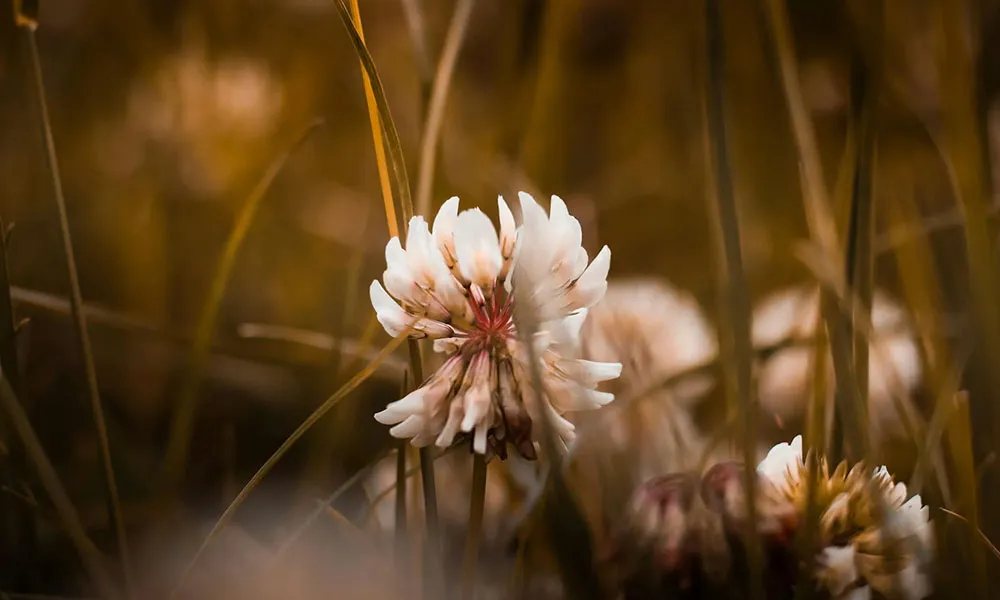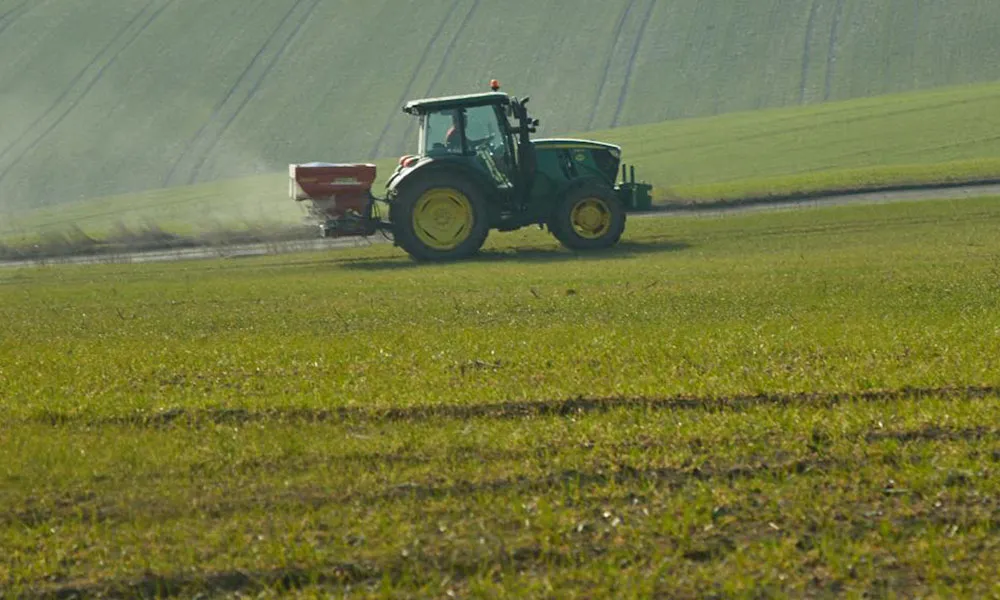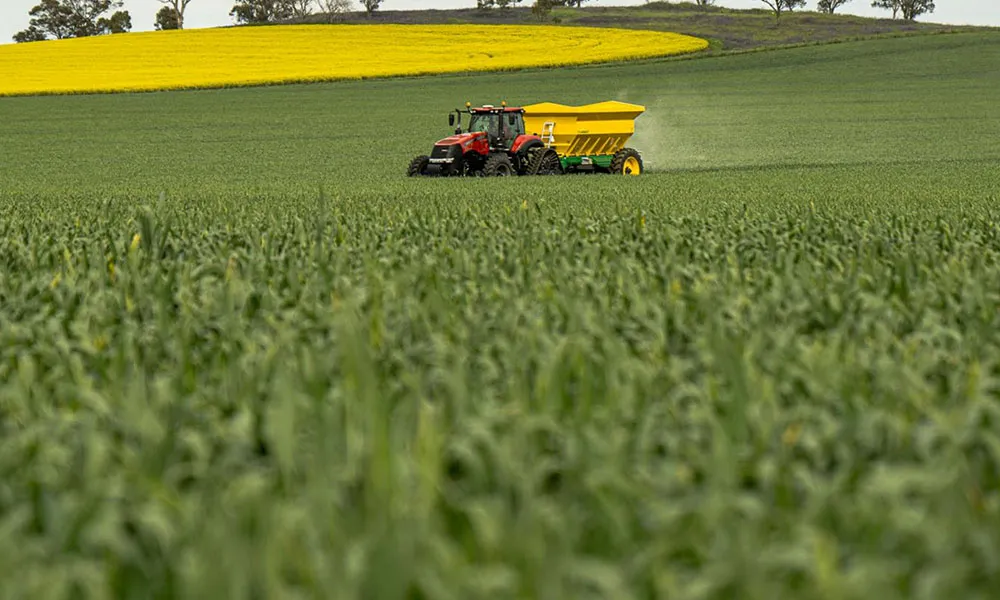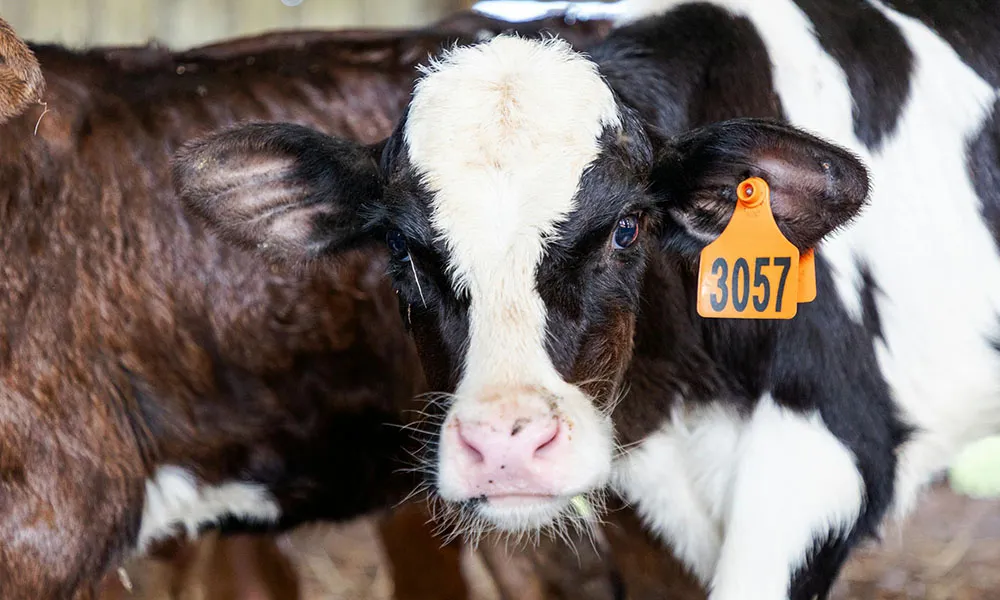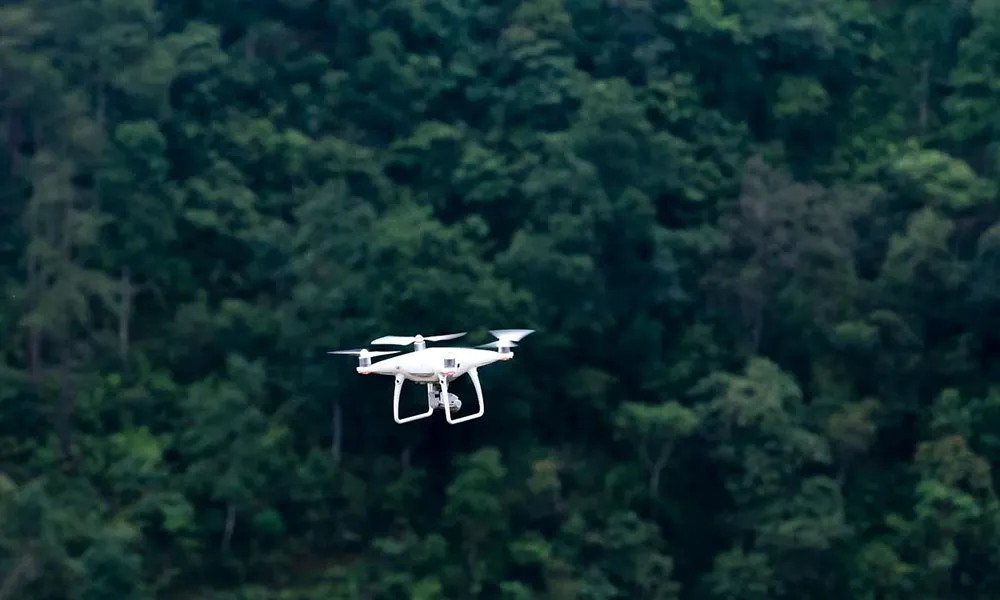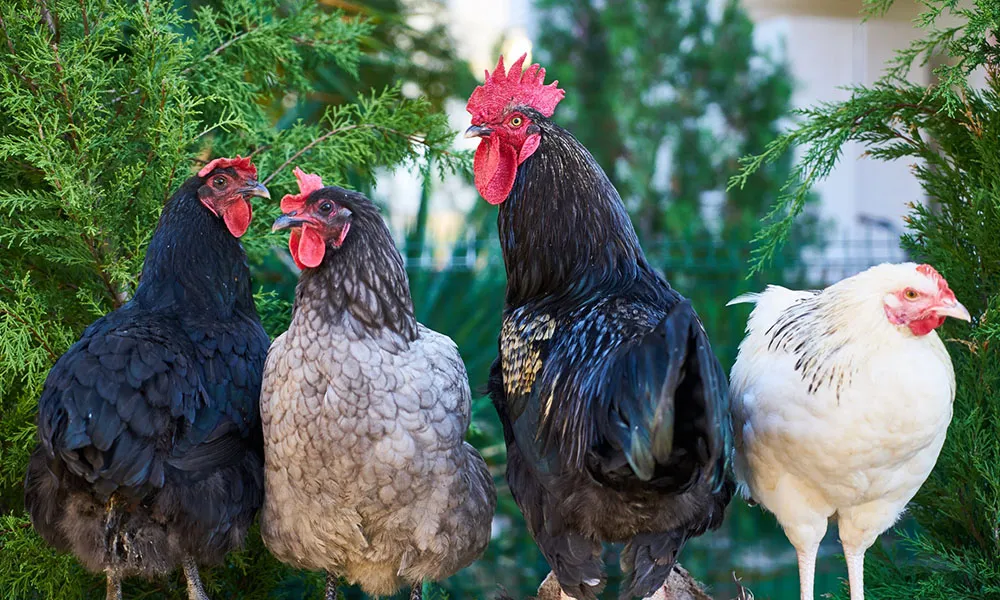
Knowing your enemy
The ancient Chinese general, Sun Tzu, reminds us that in order to defeat your enemy, you must understand him. That philosophy holds true in our efforts to overcome the pesky red mite that infests our poultry houses. In this week’s second blog entry, we want to discuss Dermanyssus gallinae, commonly known as the red mite, and consider what steps we can take to vanquish this great scourge of the poultry farmer.
The warm summer months have facilitated an explosion in mite numbers. At this time of year, the free-range poultry man or woman will notice fowl trying to kick sand or dry earth through their feathers. This is a sure sign that the bird is suffering from skin parasites, and the red mite is always one of the likeliest culprits.
But what is the red mite and how can we combat it?
Dermanysus gallinae
The official Latin name for the red mite, Dermanyssus gallinae, translates as the Dermanyssus of the hen. Dermanyssus is a term that describes many mites of the same family or genus, and the word stems from the Ancient Greek words derma (skin) and nissein (to bite). Put together then, Dermanyssus gallinae means the “hen skin-biter” – an appropriate name, for sure.
The red mite is, as most poultry farmers can attest, a blood feeding mite that usually attacks its host at night. This is not always the case, however. Sometimes, they will continue to feed during the day. When an infestation is severe enough, it is common to see red mites feeding on the skin during the day.
In the case of the mite’s favourite victim, the common hen, the mite will usually creep onto the skin while the birds are roosting in the henhouse at night. Normally, they live in the small dark crevices of the house. They attack from this base, making their way onto the bird, drinking their fill of blood and then retreating to their base camp again. It is in these henhouse cracks and crevices that they mate, lay eggs and proliferate.
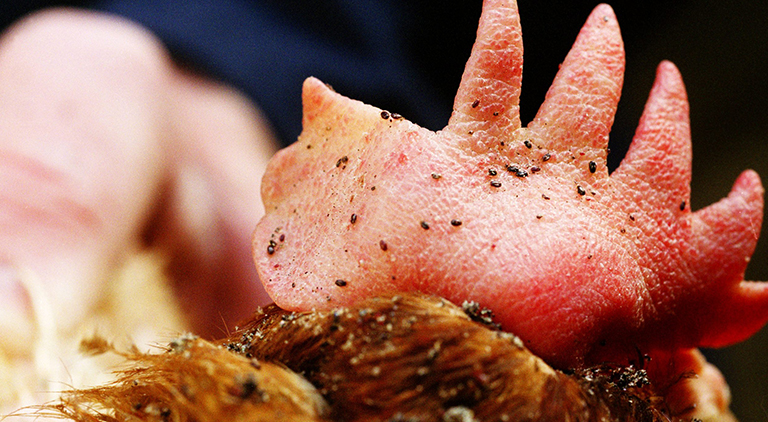
Life cycle
The mite’s 5-stage lifecycle is similar to that of most parasites. It progresses from the egg stage to that of larva. From the larval stage, it develops to the protonymph, deutonymph and adult life stages. All of this happens relatively quickly. A mite can go from egg to mature adult in the space of the week. This rapid reproduction rate can be a source of despair for the poultry farmer, as mite populations explode within the space of a few short days.
The consequences of a poorly managed mite infestation are severe. Affected birds will start to suffer from anaemia, loss of energy, weight loss, plumage loss and – eventually – death. Needless to say, anaemic hens will not lay many eggs, so there is often a real economic incentive to manage mite infestations.
Managing mite infestation
So what can bird keepers do to manage this pest?
Well, first of all, you should make sure that your birds have access to loose soil or sand. Given this luxury, chickens will do a decent job of managing the infestation for themselves. This, however, should not be considered a complete treatment.
Poultry Insect Killer
Henhouse hygiene will also be key. To prevent an outbreak of mites, you should wash out your henhouses regularly. Even if you haven’t yet noticed an outbreak, or the infestation is still relatively mild, you should treat your henhouses with a product such as the Poultry Insect Killer. This spray is effective at dealing with infestations in poultry houses. A ready-to-use solution, Poultry Insect Killer Spray comes in a 500ml container and is sure to eradicate infestations of harmful mites and lice. Because it contains an oily base, the spray penetrates deep into fissures and cracks, to root out and kill pests. You should note, however, that this product is a chemical solution, and exercise caution when using it. Follow the instructions on the packaging carefully.
Red Mite Powder
A similar product is the Red Mite Powder from the Battles range. This powerful insecticide is specially designed to rapidly kill red mites. Poultry Red Mite Powder is for use on hard porous and non-porous surfaces, especially bedding and skirting areas and around the doorway to poultry housing. To prevent the onset of lice, scatter Poultry Red Mite Powder as directed. When using this product, always follow the instructions on the packaging. Do not apply directly on to the animal. For best results, use in conjunction with Poultry Louse Powder.
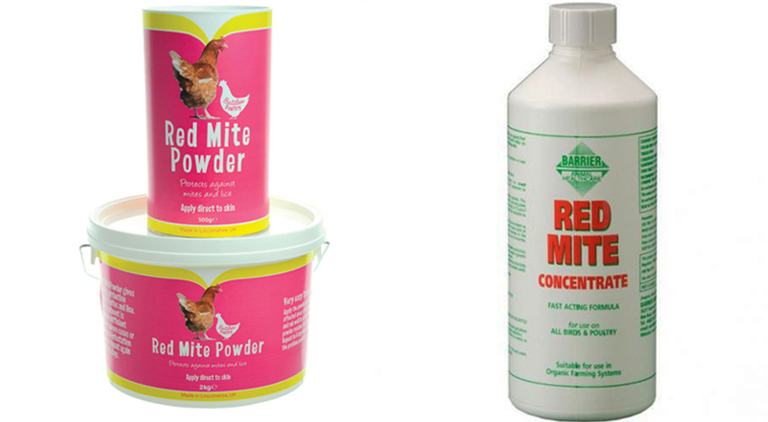
Red Mite Concentrate
For those who are cagey about using chemical solutions, the Red Mite Concentrate from Barrier is an excellent alternative. A proactive “on bird” deterrent, Red Mite Concentrate can prevent potential infestation or solve a current problem. This product is formulated from only 100% natural, non-toxic ingredients – ingredients renowned for strong insecticidal properties. The active ingredient in the concentrate is a synergised tropical plant extract, blended with herbal and essential oils. This product should be diluted at a rate of 1 part to 50 parts of water, and then sprayed evenly over your birds.
Thanks for reading
So that’s it from the animal medicines corner for another week. If you have any thoughts about the red mite, or any advice on the best ways to treat it, please let us know in the comments section below. As always, we are delighted to hear the opinions of farmers on the ground. Until next time!





